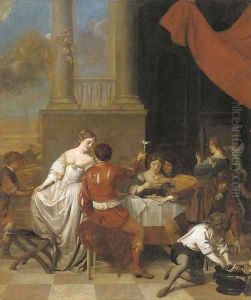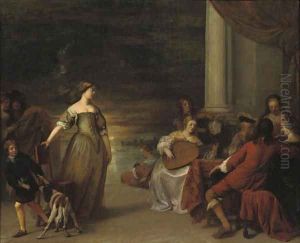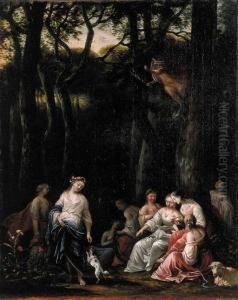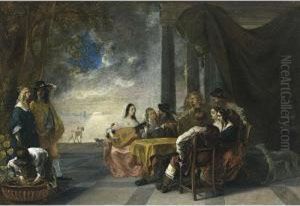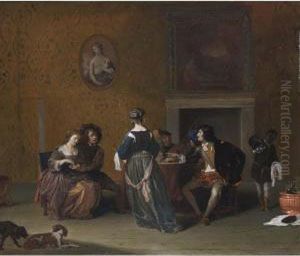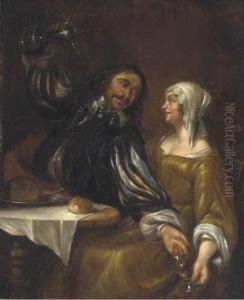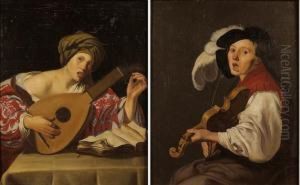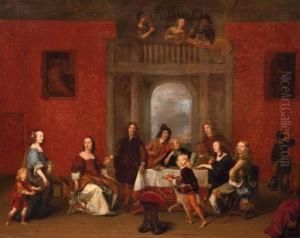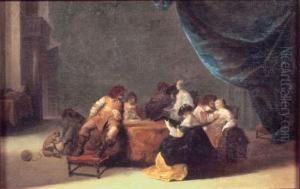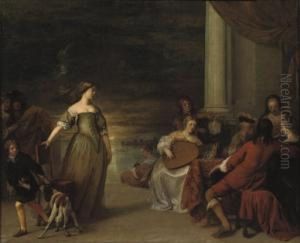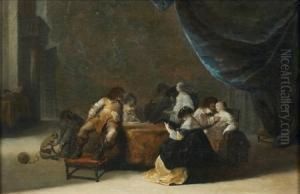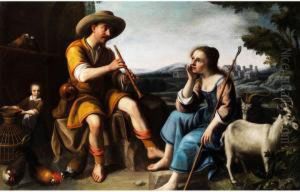Gerard Pietersz. Van Zijl Paintings
Gerard Pietersz. van Zijl, also known as Gerrit Pietersz, was a Dutch Golden Age painter, born in 1607 in the Netherlands. His life and work are emblematic of the artistic fervor that characterized the 17th century in Holland, a period renowned for its remarkable contributions to the arts, particularly painting. Van Zijl was primarily known for his genre paintings, portraits, and historical scenes, reflecting the era's societal values, daily life, and interest in personal identity and morality.
Van Zijl's training and early career are not extensively documented, but it is known that he was active in Utrecht and possibly influenced by the Utrecht Caravaggisti, a group of painters from Utrecht who were inspired by the works of Caravaggio. This influence is noticeable in his use of chiaroscuro and the dramatic intensity in his compositions. Despite the scarcity of detailed records about his patrons or specific commissions, van Zijl's works suggest he was well immersed in the artistic and cultural milieu of his time, engaging with the themes and stylistic preferences that were popular among his contemporaries.
Throughout his career, Gerard Pietersz. van Zijl exhibited a keen interest in the human condition, often depicted through intimate indoor scenes and portraits that showcase his skill in rendering textures, light, and emotion. His paintings are characterized by a warm palette, meticulous attention to detail, and an ability to convey narrative and atmosphere, making his works highly valued among collectors of Dutch Golden Age paintings.
Van Zijl's contribution to the Dutch Golden Age of painting, while perhaps not as widely recognized as that of some of his peers, remains significant. His works offer a window into the era's cultural and social dynamics, reflecting the interests and concerns of the Dutch middle class during a period of prosperity and cultural flowering. Gerard Pietersz. van Zijl passed away in 1665, leaving behind a legacy that continues to be appreciated by art historians and enthusiasts alike for its insight into 17th-century Dutch life and its artistic merit.
